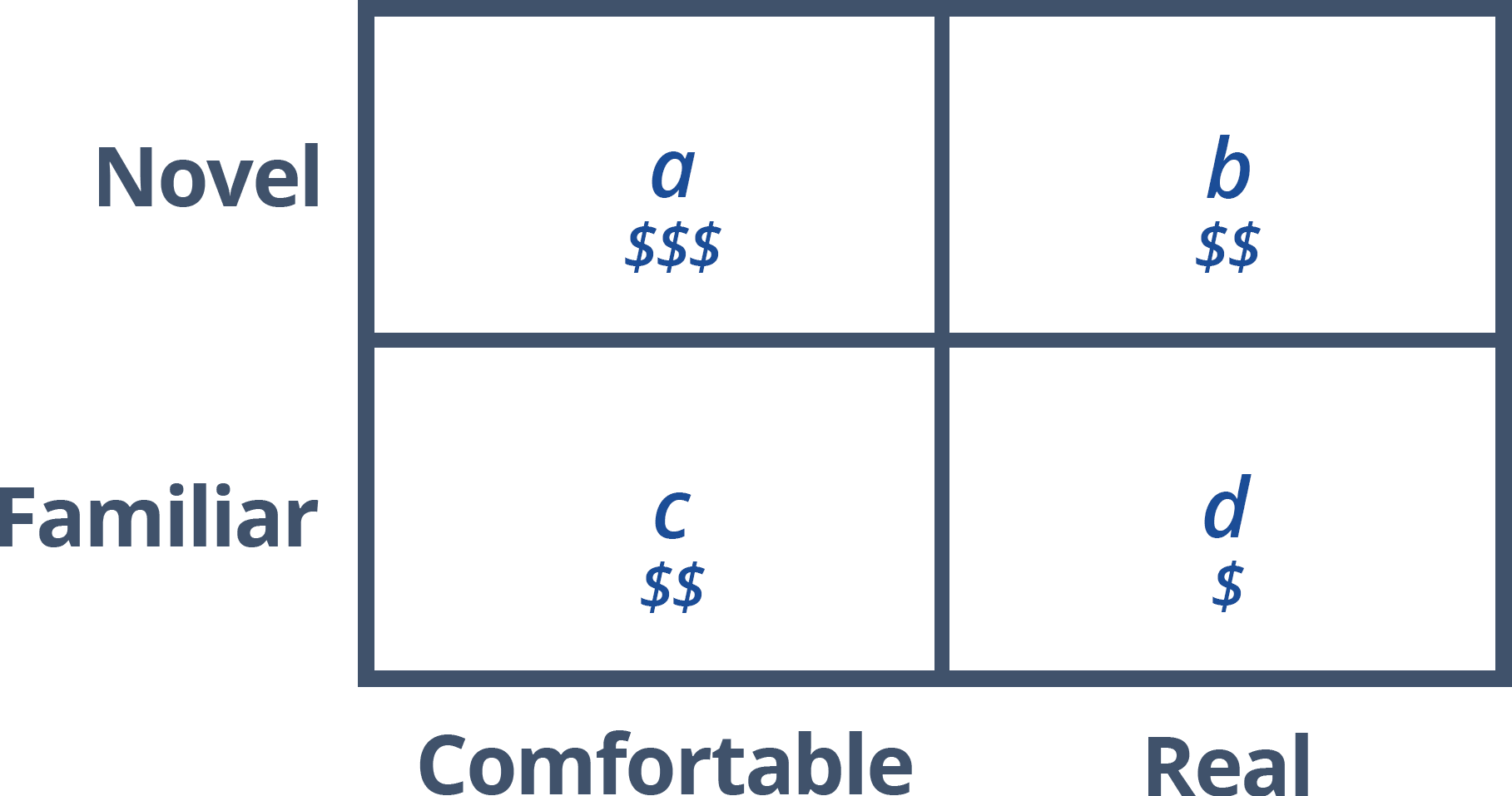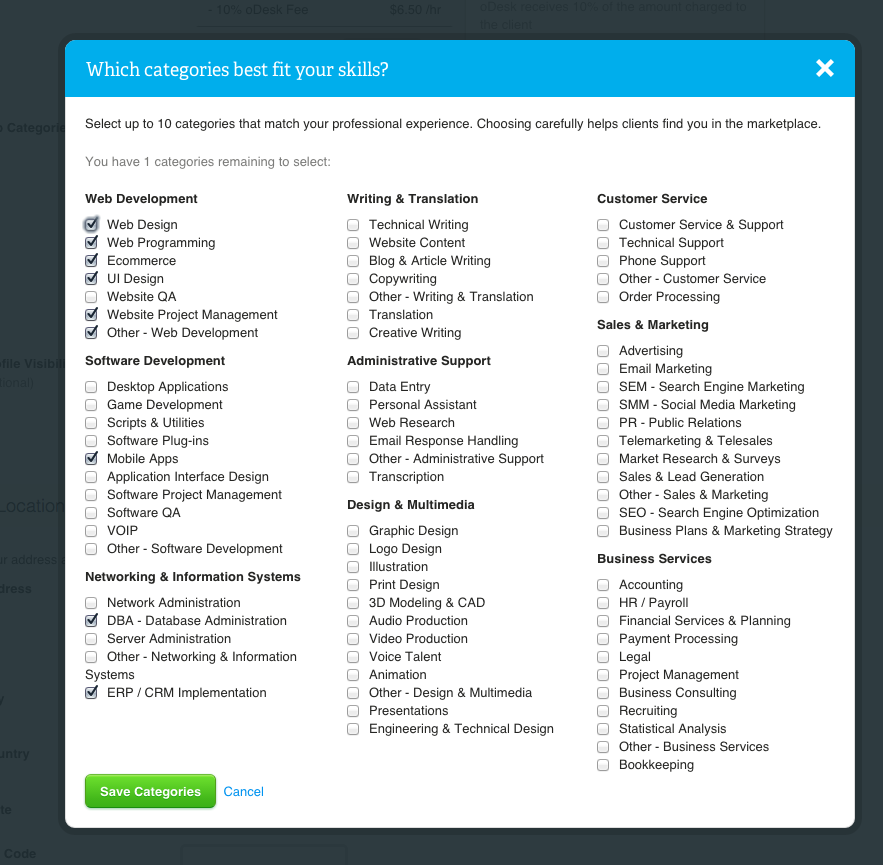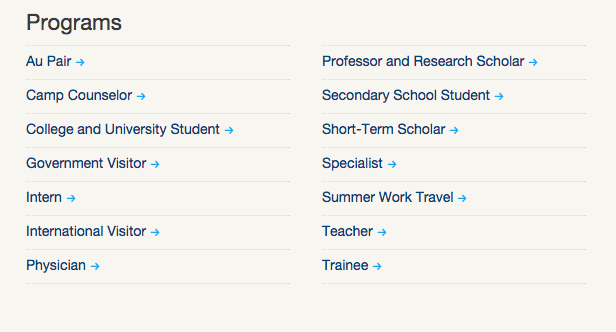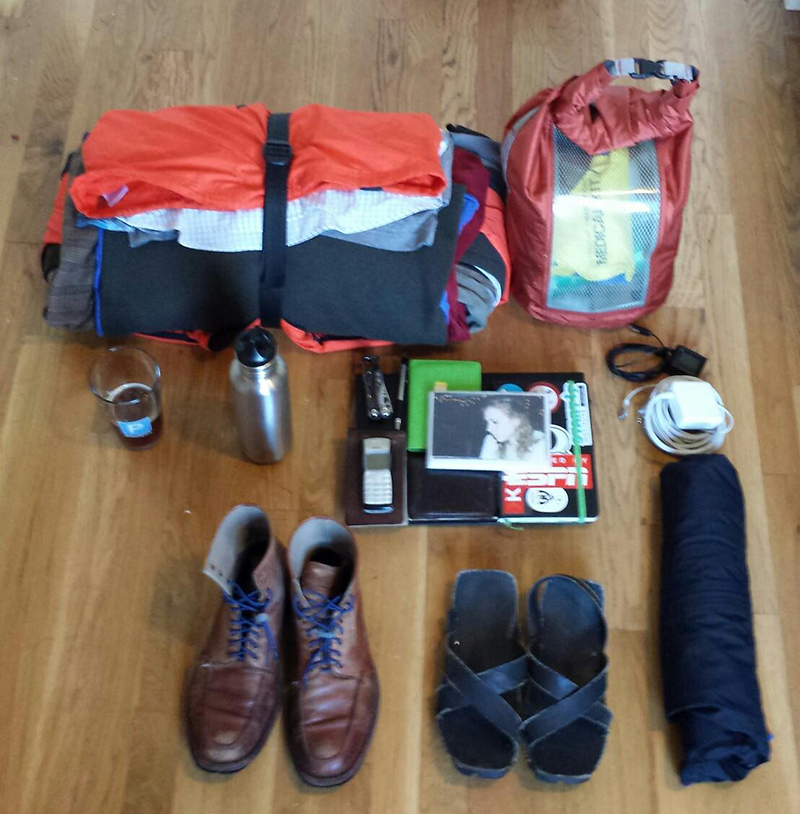The Digital Nomad
Jul 2015
##How to Code and Travel

It’s ten thirty and raining when I roll out into the night of another unfamiliar city. I haven’t even begun to pick words out of the local language so there’s a stew of noise making it tough to hear myself think. There’s definitely a serious food poisoning session on its way up, and if I’m lucky I’ll be puking inside a dry guesthouse bathroom within the hour. If I’m unlucky and I get hit by a minibus I can’t make calls in this country, and anyway the nearest person who would care is about four thousand miles away. Why did I decide to come here again? Hey, welcome to the romance of working and traveling.
If you want to know how it ends or what brought me out here, go ahead and skip to the end.

It’s a pretty common fantasy to one day drop everything and just travel, open-ended, with no particular destination in mind. Even though most of the consultants and other homeless people who live it come away with the opposite fantasy - to be rooted, to have some place and people to call their own - it’s still a great experience to try.
I recently returned to Boston after trying it for a while, and it surprised me how often I got questions about exactly how it worked. Obviously there’s no one canonical way (as evidenced by the plethora of blog posts by what feels like every gloating Tim Ferris acolyte with a Hacker News account), but the question still comes up often enough that I’m putting down my own thoughts on the topic for future reference.
Our map:
- the factors that govern the experience
- how to optimize for those factors
- nuts and bolts of the day-to-day
Along the way, I’ll be dropping suggestions in italics like this for those of you planning your own adventure. Just ignore them if you’re not.

#Factors
Before figuring out what country to start in or how to make money, it’s easier to start from the constraints. They can be summed up as:
- Needs: stuff that will keep you alive. Income, basically, but more specifically food, housing, and the connections necessary to find income and housing.
- Wants: the lifestyle you want to support during this goofy experiment.
What kind of a lifestyle? We’ll plot it against two factors. The Y-axis of novelty indicates the rapidity of moves, the foreignness of destinations, and the activities pursued along the way. The degree of comfort on the X axis indicates a lifestyle’s proximity to a hypothetical pampered Bay Area software engineer, versus the lifestyle a poor-but-not-indigent local might be living in a given location.
It’s important to decide what kind of lifestyle you want to live out there, because it gives you a direction to optimize your decisions for.
####Priorities

The bottom left (c) would mean essentially moving your home and accustomed lifestyle to somewhere new. Picture moving your existing job to a new place and building a similar life there.
In contrast, top right (b) means living close to the bone, not using money to insulate yourself from discomfort, and changing locations freely. You’re a digital busker, a freelance monk passing through a hostel for three nights.
Top left (a) would be characterized by a similar pace paired with willingness to spend freely to attain a vacation-level of novelty. Hotel suites, not couchsurfing. Parasailing and scuba diving, not hiking.
Bottom right (d) means taking root as a community member somewhere new but with new a lifestyle to match the new community. That could mean a crowded floor in a Hong Kong ‘mansion’ or a cozy place out in the hills of Greece where tourists rarely visit.
Consider these experiences to be the most extreme examples of their quadrant. It’s possible to land in the middle, and anyway these two axes are far from the only factors involved. They’re helpful, though, because they’re general enough to encompass almost any other priorities thrown at them. For instance, are you traveling for fun or out there seeking fulfillment? Well, depends on the definition of fun, but most people will be talking about new experiences - higher on the Y axis. In contrast, a stable environment is helpful for making contributions and finding fulfillment.
For you following along at home: what are you optimizing for? Map yourself on the graph, it’ll be helpful later. (Or make your own graph and send it to me!)

#Optimization
Turning an unconstrained problem into an optimization problem simplifies things. The objective here is to meet needs with your business while maximizing wants. Plenty of other constraints can be added:
- language
- climate
- purchasing power parity (Switzerland increases a traveler’s needs significantly more than Indonesia)
- degree of safety (please do include this one)
Lifestyle decisions vary in their impact on needs. Comfort costs. As the chart indicates, needs are greater for a lifestyle in the left column. Happily, local job opportunities are also greater for somebody who’s staying in town for longer than a month. Anybody just passing through and wanting to be comfortable (a) had better be prepared to pay vacation prices and work remotely.
####Magnitude of needs by priority:

Chasing novelty has its costs, too, even when optimizing for the cheap top right (b) sector. It requires some serious local connections (or Couchsurfing groundwork) to consistently find inexpensive short-term housing.
The degree of need implied by a chosen lifestyle, and the frequency of relocation, puts more constraints on gig options. Frequent movers need a trade they can perform remotely:
 oDesk
oDesk
In contrast, staying in one place opens up possibilities for in-person trades:
 InterExchange work & travel
InterExchange work & travel
Once the constraints are established, starting the adventure is a matter of filling the top of the idea funnel with a lot of travel possibilities. Then the filters imposed by those constraints do the hard work of comparing options all by themselves. It’s hard work to reassess one’s underlying priorities every time a new destination goes on sale, so getting that thinking out of the way first makes it quicker to consider a new opportunity.
Now when considering options like a teaching gig in Korea, a half-off ticket to Zanzibar, or a remote app design gig, keeping the constraints in mind provides a valuable judgement heuristic. Rather than mentally treading the unfamiliar territory of Zanzibar’s beaches via Lonely Planet, it’s easy to check whether that option meets the needs already set.

Too abstract, world traveler? Take out a map and cross out everywhere your constraints eliminate. Wrong language. Too expensive. Too boring. Too dangerous. Just no. You may be surprised how few places are left, and where they are.
How about jobs? Does your trade match up to your desired lifestyle?
Try it for two weeks if you’re working remotely, then come back home afterwards. Every bird learns to fly by hopping first.
#Nuts and bolts
The most frequent line of questioning carries a sort of disbelief: “But where do you keep your stuff? And anyway, how do you find work?” I was lucky enough to do freelance code in bubble season; your mileage may vary.

####Nuts and Bolts: Code
For web developers, a process that works will have two phases. First is putting a toe into the next ecosystem to tap. For most this will be the online freelancer listings (good gigs are on Hacker News, not any freelancer site that I’ve found). ‘Putting a toe in’ will consist of building up a safely recurring client base while still at home.
Or perhaps that ecosystem is the local tech community, and you’re going to freelance remotely for clients within your local network. Or maybe you want to pick up a gig at the next travel destination. In any case, a lot of cold email (before travel) or meetup attendance (when physically present in the ecosystem) is usually enough of an introduction. Find major incubators or coworking spaces in the area. Over time, keeping up to date with their daily goings-on via Twitter can paint a detailed picture of who might be helpful to get in touch with. No matter the tactics, the idea behind phase one is to generate enough work that a developer with a sufficiently broad skill base could safely make it to the next move, even if some work falls through.
The second phase is simple: milk that market for all it’s worth. If you’re doing it right, and market conditions are similar to the time of this writing, your prospective clients will replenish faster than you can deplete them.
Explaining this effect to a questioner takes four words: “Oh, word-of-mouth.” Behind the scenes, though, it’s an everyday habit of empathizing with clients enough to surprise and delight them. It means serving as a resource even for people who aren’t clients, locally and back home. It’s the knowledge that this whole adventure is reliant on building such goodwill that others will recommend one’s services with the enthusiasm of a second century Christian, and acting accordingly.
####Nuts and Bolts: Stuff

You must be a minimalist to travel with any frequency. In the picture above are six shirts (two professional), four pairs of underwear (actually running shorts), two pairs of pants, two jackets, two pairs of shoes, various electronics, notebooks, and work equipment, some outdoor gear, a towel, and a beer. I kept it all in a 65-liter pack (except the beer).
It’s very freeing to own as little as possible. This was part of my lifestyle choice, and purchasing things along the way certainly imposed additional needs. But you can’t get away with much more than a single suitcase if you plan on traveling consistently and rapidly - imagine the rainy nighttime scene described at the start, sick and shivering, no cabs in sight, only now add a couple of forty-pound suitcases with broken wheels. It’s easy to see why a single experience like that is enough to convince most travelers to cull their possessions.

#The End
####(if you’re skipping, stop here)
Within a day of navigating through the rain I’ve recovered physically and mentally, aren’t foreign pharmacies wonderful? I’m looking out at a beach scene straight off a postcard, finishing up some work that will pay for my whole time here. The next night I’ll be planning a trip with some really fascinating Couchsurfers out to a gorgeous waterfall in this gorgeous corner of the world. Awe and wonder will strike me dumb, raising a ridiculous feeling of kinship with the old explorers who must have felt the same thrill back before the world was mapped. Such are the rapid highs and lows of living on the road.
I started because of a bad week. In the space of a few days I lost my first real job and my front teeth, so I decided to just wing it for a while. I wanted to feel like Kerouac and co. without resorting to stealing cars. I wanted a way to travel that let me experience the true rhythm of a place, rather than spending a week looting it for beach views and cheap drinks. I wanted to live a bit before making a start on the long hard slog of real life.
Mostly, it worked. Another common question is about discovery - what did I learn as a result? As with other experiments, going over experiences with a magnifying glass looking for wisdom is never a winning proposition. Unless the experience is worth it on its own, no takeaway learnings are going to make it have been worthwhile.
The least surprising thing was that my desires didn’t really change. I certainly did, and I’m glad. But the whole time, even while I heeded the sensation that I should preserve a good thing for a little while, I stayed antsy to get started on the business of real life. ‘This isn’t enough,’ it said. It came and went in spells, persistent like a mosquito that won’t let you sleep, and I’m also glad about that. Otherwise I might still be traveling today.
Measured by dropout rate, the hardest part of a nomadic life is just starting. Anybody who actually gets started has a decent chance of making it. If you have a portable skill with a decent level of global demand and you lack major obligations (family, debt, vesting) then you’ve got everything you need already.
Stop reading. Pack up. Buy the ticket, take the ride.
And send me an email if you do.

Thanks to Brendan McManus, Allison Baum, and Hunter Williams for reading drafts of this essay.
If you’ve got comments, leave them on HN: https://news.ycombinator.com/item?id=9195110.